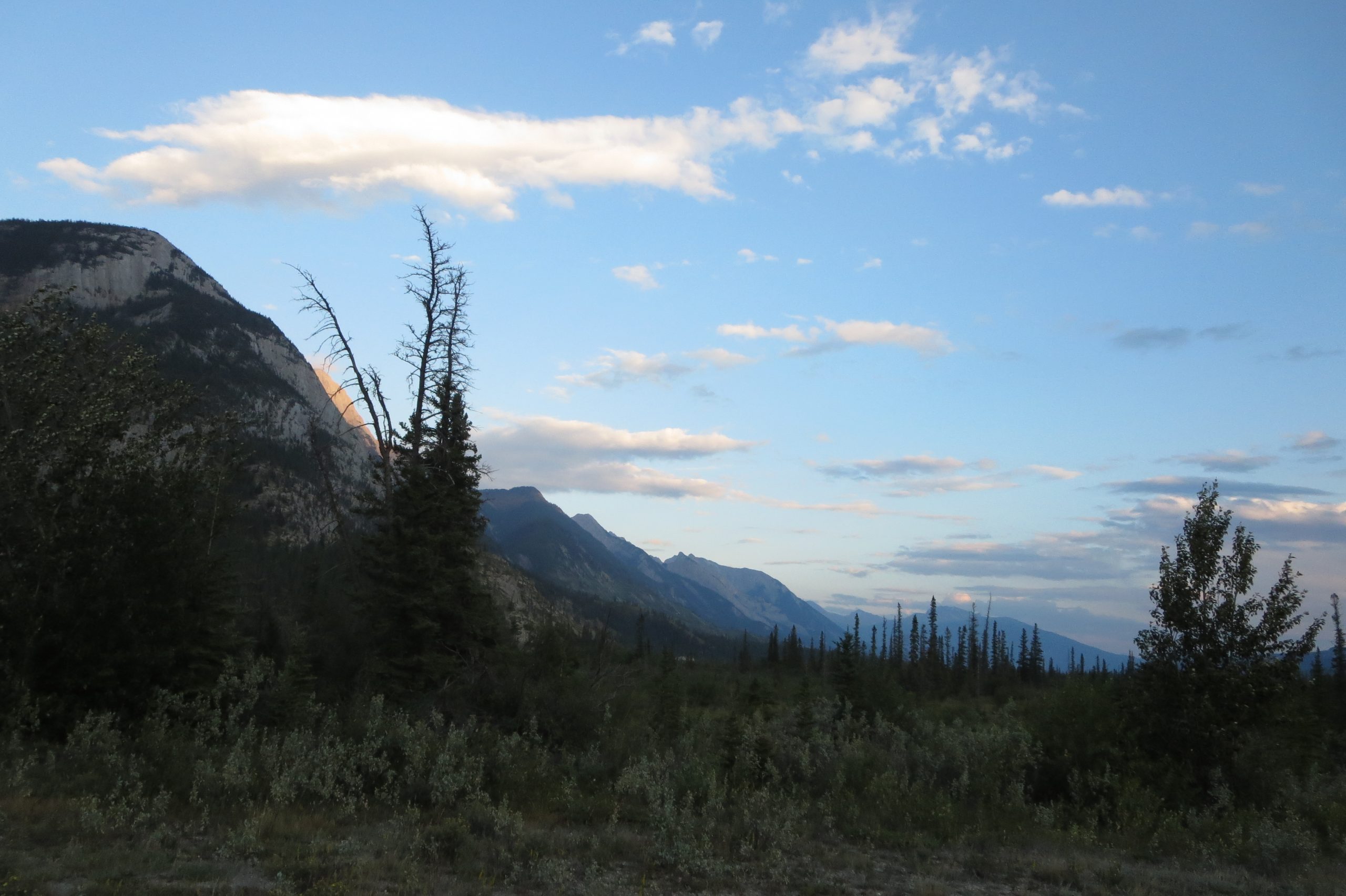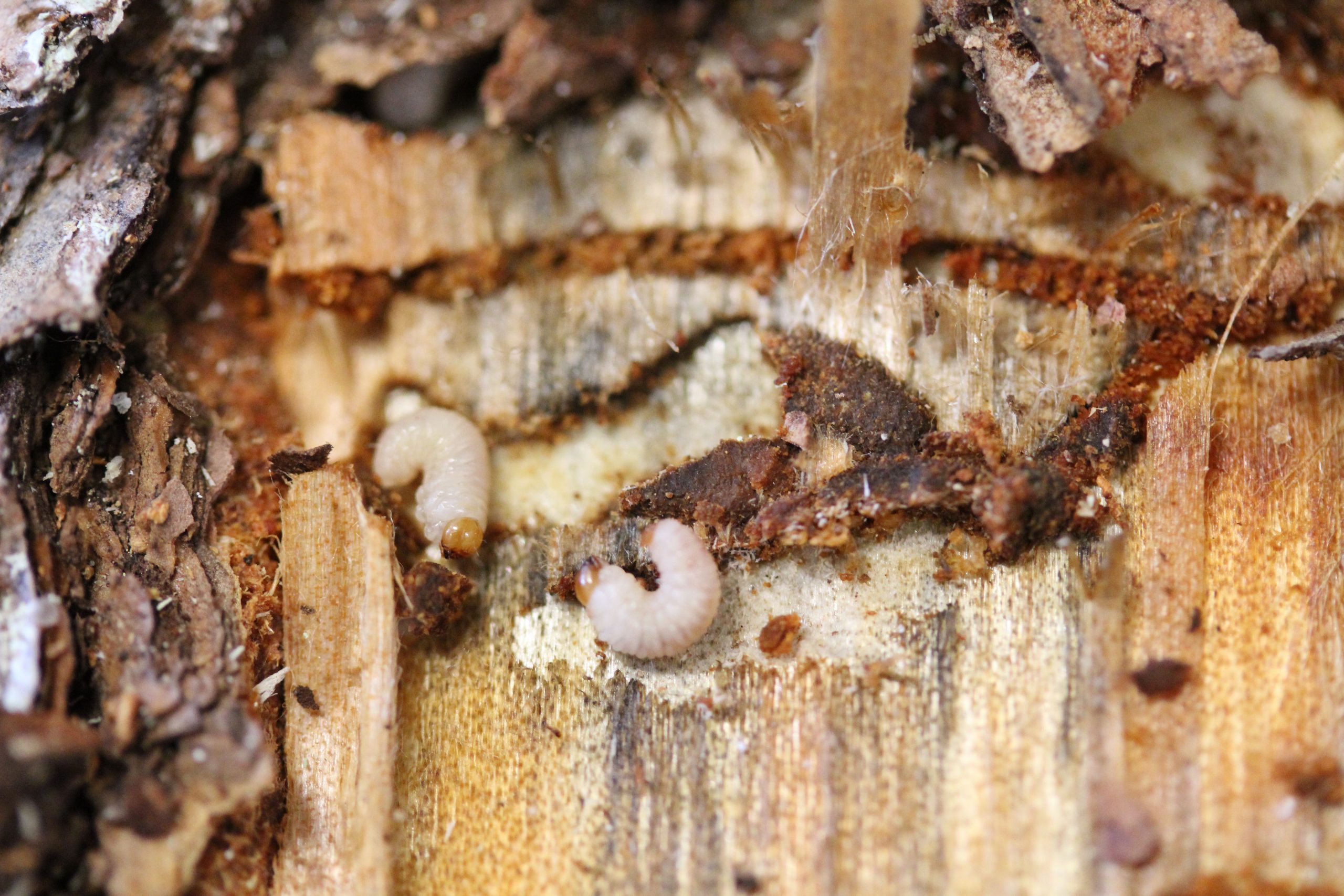MORE FUEL FOR THE FIRE- IMPACTS OF BARK BEETLE OUTBREAKS ON FIRE BEHAVIOUR
PROJECT TEAM
Holden Payne, MSc Student- UBC
Dr. Allan Carroll, PhD- UBC
Dr. Sigrid Netherer, PhD- BOKU University


Disturbance Interactions in Western Coniferous Forests
BARK BEETLES (SCOLYTINAE) are among the most precipitous forest disturbance agents impacting Western North American forests. There is extensive concern about the continued impacts of both biotic and abiotic disturbance agents on forest health as the effects of climate change alter forest stand health, tree vigour, and drought severity. Fire is one of the most important abiotic disturbance agents in western North American forests and despite the history of fire adaption in these forests, changes to fire behaviour as a result of climate change are impacting forests in novel, and often detrimental, ways. Inherent in the output of bark beetle outbreaks, dry needles, dead trees, and downed dry snags are a concern to the impacts of fire behaviour in already particularly fire susceptible western forests.
.
Prior attempts have been made in the literature to decouple the impacts of these disturbance regimes on forest types across the western proportion of the continent and have taken different various conceptual approaches. The consensus on the impacts of bark beetle-induced fuel loading and fuel structural changes on fire behaviour is mixed, with many studies finding synergistic relationships, both positive and negative, and others finding no synergy.
“Despite extensive study into this disturbance interaction; no clear signal exists for the relationship between bark beetle outbreaks and fire behavior in western North American forests.”
– Holden Payne
Across Broad Time and Space
DRIVERS OF FIRE BEHAVIOUR often operate at the stand-to-landscape scale, including broad parameters such as temperature, wind speed, relative humidity, and forest structure. Our approach to describing fire behaviour aims to decouple the relationship between fire prediction inputs from bark beetles by operating at broad spatial scales.
.
The location and severity of bark beetle-induced tree mortality, in relation to fire behaviour, can be quantified by using BC aerial overview and US aerial detection survey data for the years 1985-2020. Our analytical approach explores how changes in forest structures and fuel composition following bark beetle outbreaks impact fire extent, severity, and likelihood, allowing us to determine whether this relationship changes with modifications in spatial and temporal scale.
